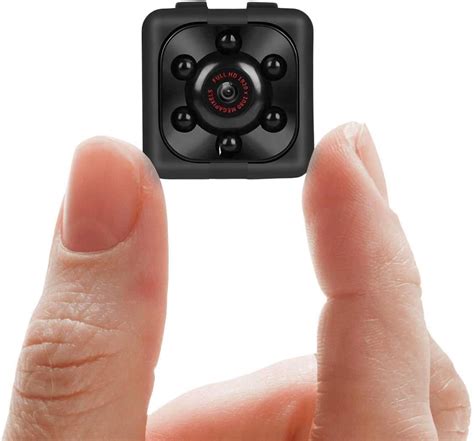In an era where technological advancements are reshaping our daily lives and security concerns, the concept of crafting a customized tiny surveillance camera designed for extended battery life is not only innovative but incredibly timely. Recently, an enterprising developer and motorcyclist, inspired by the need to catch a persistent thief, embarked on this journey. The result is a sleek device that promises extended battery life and is built to withstand the rigors of daily use. What makes this even more intriguing is the exclusive focus on Mac compatibility and the open-source nature of the hardware and software. Let’s delve deeper into the nuances of this project, exploring its strengths, receiving user feedback, and pondering future enhancements that could magnify its user base.
One of the standout features of this device is its remarkable battery life. Users have voiced their admiration for this aspect, particularly for its potential use in long-term surveillance scenarios without frequent battery replacements. With the ability to capture upwards of 50,000 photos on a single charge, this camera is not just a technological novelty but a practical tool for those looking for reliable long-term monitoring solutions. Imagine deploying this device in various scenarios such as monitoring wildlife, keeping an eye on a remote property, or, as in the creator’s original intention, catching a thief via hidden surveillance. Each of these scenarios can significantly benefit from an extended battery life that does not demand constant attention.
Nonetheless, the reception has not been without its criticisms. A prevailing sentiment among commenters is the Mac-exclusive nature of the companion app. While it showcases a polished, high-quality user experience, the limitation to macOS could potentially alienate a substantial portion of potential users. Indeed, the technology community on forums has suggested more inclusive approaches such as generic mass-storage device capabilities or expanding compatibility to other operating systems like Windows and Linux. One commenter suggested employing the WebUSB API to create a cross-platform web app, which would alleviate the need for multiple native applications, thus broadening the appeal without compromising the high standards of user experience.
The open-source nature, emphasized throughout the project’s documentation, is a double-edged sword. On one hand, it empowers the tech-savvy community to tweak, improve, and perhaps even port the device’s software to other platforms. The creator has been transparent about the hardware limitations, explaining the choice of an MSP430 microcontroller for its ultra-low power consumption and FRAM capabilities. This honesty and openness have resonated well with a segment of the audience who appreciate the granular details and the rationale behind design choices. Yet, the absence of readily available cross-platform solutions remains a point of contention, as the overarching challenge remains to balance technical specificity with broader market adoption.
Another area ripe for exploration is the software’s capability to process and store images. The current system writes raw image data to an unformatted SD card to save on processing overheads and maximize battery life. However, this design choice brings its own set of challenges, as it precludes direct file system access. Users have proposed solutions such as incorporating a secondary microcontroller to handle USB mass storage duties without draining the primary battery reserve. This approach could transform the system into a more universally accessible device while preserving its core advantages of low power consumption and data integrity.
A pertinent and recurring request from the community is the ability to see sample images produced by the camera. As any seasoned photographer or security specialist would assert, sample images serve as a benchmark for a camera’s efficacy. The lack of visual evidence of photo quality has sparked curiosity and skepticism alike. As suggested by users, incorporating a gallery of sample images on the product website would not only enhance transparency but also allow potential buyers to gauge the camera’s performance in real-world conditions, such as varying indoor and outdoor lighting scenarios.
Summing up, the journey of this tiny surveillance camera from conceptualization to realization represents a compelling blend of innovation, resourcefulness, and community engagement. While it currently prides itself on features like exceptional battery life and high-quality macOS software, the potential to diversify its compatibility and functionalities holds promise for even broader adoption. In a world increasingly interconnected by technology, the ability to secure, monitor, and document life’s unfolding moments in a reliable and user-friendly manner is more relevant than ever. The future enhancements and user-driven improvements could well propel this device into new realms of utility and popularity, making it a valued tool in both everyday and specialized contexts.


Leave a Reply